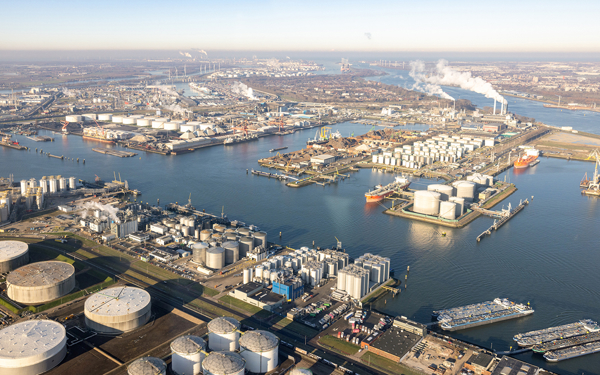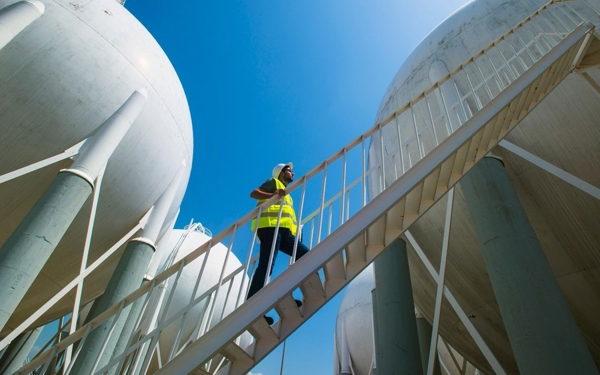Datum: 30 juni 2020
Locatie: Digital UBS conference
Spreker: Klaas Knot
Introduction
Thank you for inviting me to this dialogue on central banking and green finance. We live in extraordinary and unique times. The pandemic is affecting our daily lives, our economies and, of course, our health. Much is still uncertain. For example, it is unclear how our economies will be affected by the virus over the longer term. We just entered the phase in which economies are cautiously reopening. The road to recovery is likely to be gradual. It might even force us to take another step back before we can move two steps forward.
Irrespective of the many unknowns, we should aim for a 1.5 degree economy when shaping the recovery. I fully realize that containing the pandemic merits the highest priority. But as we consider the next stage, we must think strategically about how we recover. This way, we can prepare ourselves for the next challenge coming our way: the climate challenge. This will not only require an economy built on 1.5 meters, which is the social distancing requirement in the Netherlands, but also one built on 1.5 degrees. Today I will briefly discuss why this is important and what needs to be done to speed up the transition.
Climate challenge: why is it important now?
Let me start by explaining why the climate challenge is important.
The International Energy Agency estimates that global energy demand could decline by 6% in 2020. Equivalent to the combined energy consumption of France, Germany, Italy and the UK in all of 2019. This stunning decline translates into an unprecedented drop in global carbon emissions of almost 8% in 2020. Such a reduction would be the greatest ever. Six times larger than the previous record drop seen during the financial crisis.
So you might ask yourself: do we really need to speed up the energy transition now? The answer is yes. The effects of climate change are irreversible and will only worsen going forward. By how much, depends on our ability to limit global warming to less than 1.5 degrees above pre-industrial levels. To reach this target, global emissions need to fall by 8% every year for the coming decade. At the same time, history shows that carbon emissions tend to pick up rapidly after an economic slowdown.
Climate challenge: how?
Fortunately, climate change and the financial risks associated with global warming are attracting more attention from governments, central banks, supervisors and investors all over the world.
In the Network for Greening the Financial System (NGFS) for instance, 66 central banks and supervisors have joined forces to reach two key objectives. The first objective is to make sure that financial institutions adequately manage climate-related risks. The second objective is to increase funding for green investments. The Dutch Central Bank is currently chairing this network, and actively contributing to the climate challenge. Let me briefly elaborate on the roles that we, as a central bank and supervisor, play. I will highlight five roles.
First, our role as economic advisor.
It is up to governments to formulate effective climate policies. However, central banks as independent organizations with a long-term horizon are well-positioned to bring parties together and offer economic advice. In that capacity, DNB analyzed the implications of a domestic carbon tax. From an economic perspective, the most effective way to reduce emissions is through carbon pricing. One of the main things slowing down the transition is the fact that companies have insufficient financial incentives to reduce their emissions. Despite a growing number of carbon-pricing systems, they still only cover 20% of global emissions It is therefore essential that governments introduce carbon pricing.
Second, as custodian of financial stability we quantify climate risk related exposures within the financial system. By identifying these risks before they materialize, the financial sector can take the necessary steps to improve their risk management. This not only applies to climate change, but also to other challenges such as the rapid deterioration in biodiversity. Many economic activities depend, for instance, on animal pollination or soil fertility. This means damage to biodiversity can also pose financial risks. A recent DNB report reveals that the Dutch financial sector has significant exposures to companies that are vulnerable to biodiversity loss. Since the rapid deterioration in biodiversity is also an international problem, it is very likely that financial sectors across the world are similarly exposed to this risk
Third, we have an important role as supervisors in ensuring that financial institutions adequately manage climate-related risks.
This crisis underlines the importance of making sure financial institutions incorporate societal and environmental considerations in their risk-management DNA. By voicing supervisory expectations and taking mitigating actions where appropriate, supervisors can help shape prudent risk management practices. The NGFS, for instance, has just released a guide that compiles best practices for integrating climate related risks into prudential supervision. This guide not only informs supervisors, but can also motivate banks, insurers and investors to reconsider their principles and policy choices regarding these risks.
This brings me to our fourth role: as a reserve manager we face the challenge of incorporating climate related risks into our own portfolio management.
I am proud to say that DNB was the first central bank to sign the Principles for Responsible Investment (PRI) in 2019. This requires us to better manage the ESG risks involved in our investment activities. Our responsible investment charter specifies our current measures, which range from excluding controversial weapons to the adoption of voting and engagement. The PRI, however, does not apply to the monetary portfolios, which are much more substantial than our own investments.
And finally, the implementation of monetary policy. As a result of the policy response to the pandemic, central banks have increased their footprint in financial markets. This makes adequate management of climate-related risks in monetary portfolios more important. Central banks must evaluate whether current frameworks sufficiently address these risks, or whether additional measures are needed. For example, the ECB might consider including carbon emissions disclosure as a requirement in asset purchase programmes. This would promote transparency. But to do that we need help. Help from credit rating agencies for instance. Credit ratings need to better reflect climate related exposures so that the market can properly identify and price these risks. Governments also play a key role, as better climate policies are needed to redirect investments from polluting to sustainable economic activities. This could help boost the supply of green bonds, giving central banks more room to purchase these instruments.
Closing remarks
I started this afternoon by saying how we live in extraordinary and unique times. I’d like to end by saying that this pandemic also offers us extraordinary and unique momentum to redesign existing frameworks, and green the global economy. Central banks, financial institutions, governments and investors should all seize this moment. We need to take the necessary steps now to better manage climate-related financial risks and to invest in economic activities aligned with the Paris agreement. Sessions like this, where we share insights are very valuable. I would be interested to hear you thoughts on how we can achieve these two objectives.




